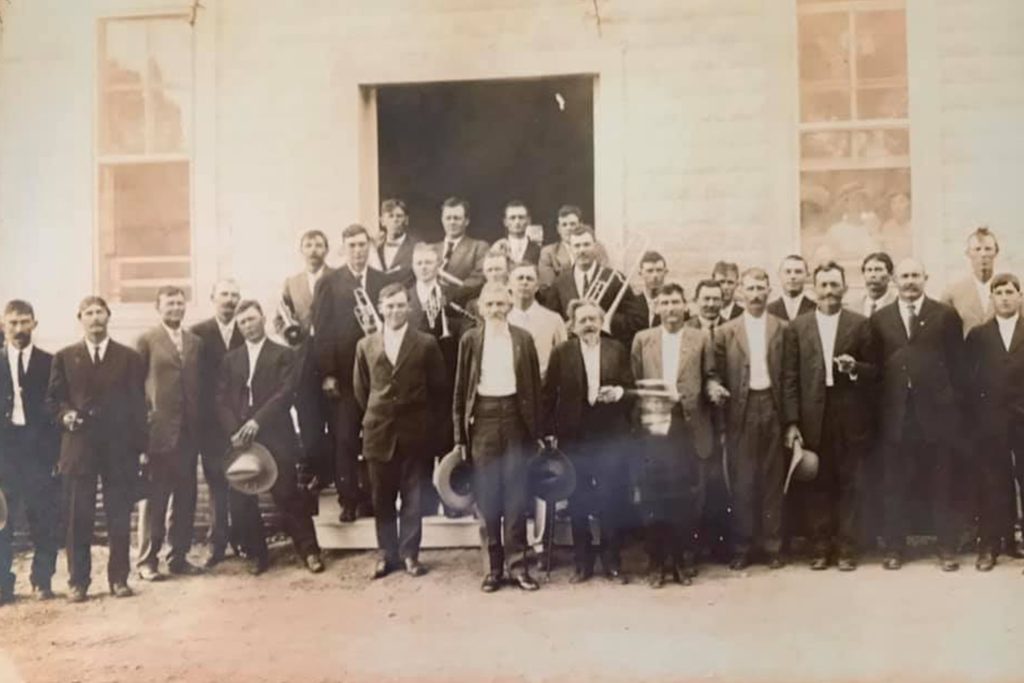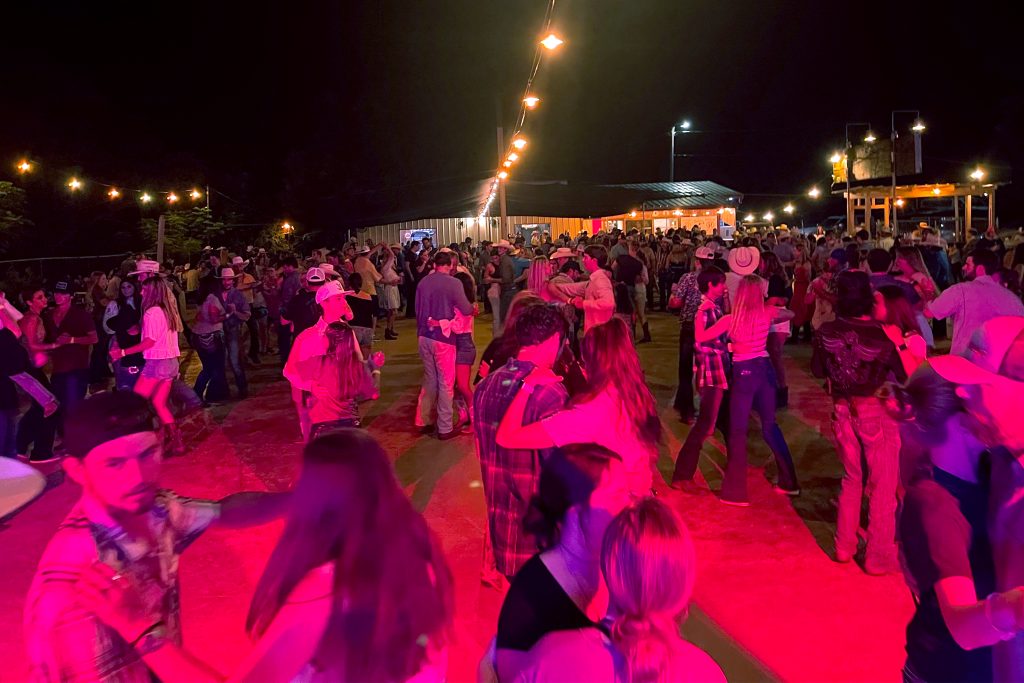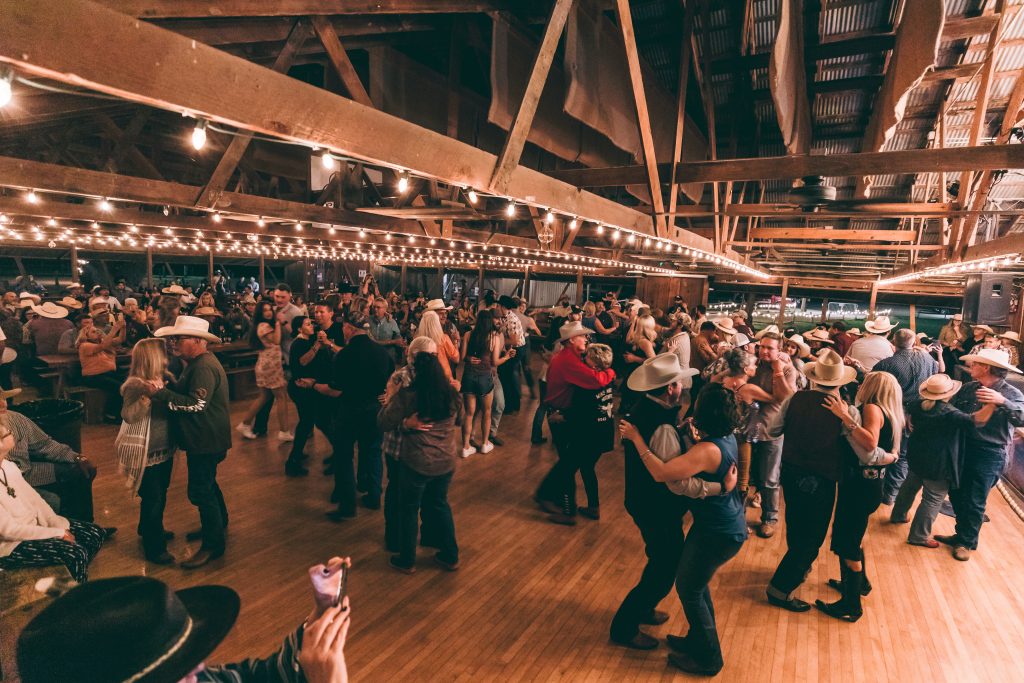Your Guide to Line Dancing
There are several dance halls scattered across small town Texas where families, neighbors, and friends shuffle in tandem across wooden floors, worn smooth over generations. Country music reverberates through the open rafters. The atmosphere is electric, yet warm — like a family reunion where everyone’s welcome. The energy and comradery of dance halls is all very Texas.
If you haven’t spent a Saturday night carried away on the dance floor, it’s time.

The History of Texas Line Dancing
The oldest dance halls in Texas were founded by German and Czech settlers around newly established towns. They were simple wooden structures with open floors, lit by kerosene lamps. Dance halls began as multipurpose spaces where agriculture and livestock clubs could meet.
Naturally, dancing was one of the most beloved recreational activities at dance halls. Musicians gathered regularly to play the traditional music of their country of origin. Line dances were inspired by European folk dances — except with liberated, Texas-type flair. Instead of holding hands and dancing in circles, dancers formed lines to dance individually.

A New Era for Texas Dance Halls
By and large, dance halls have retained their rustic charm over the years, even with the addition of modern amenities, such as air conditioning and sound systems. And they still function as community centers, hosting concerts, weddings, and fundraisers.
Yet, the music and dance have shifted. The music in dance halls, which was once limited to the traditional music of early European immigrants, now celebrates a blend of cultures, incorporating pop, Tejano, and blues. And they’re experiencing renewed interest among younger generations.

Where to Kick Up Your Boots
Gruene Hall, New Braunfels
Texas’ most famous and oldest continually operating dance hall was built in 1878. It’s known for hosting legendary artists like Willie Nelson, George Strait, and Lyle Lovett. Catch performances from rising country music stars every night of the week on their 6,000-square-foot dance floor.
Luckenbach Dance Hall, Luckenbach
Luckenbach, where “everybody’s somebody,” was established as a trading post in 1848 for pioneer farmers and Comanche Indians. The small town was famously immortalized in the song “Luckenbach, Texas” by Waylon Jennings. Today, it’s a tourist hot spot with country musicians and picker circles playing most nights.
Twin Sisters, Blanco
This venue, originally a dance hall, community center, and bowling alley built in 1879, is famous for its traditional dances on the first Saturday of every month. Unfortunately, the bowling alley burnt down in the 1960s, but the country dances and community events continued. Today, it’s the site for dances, charity functions, and educational workshops.
Anhalt Hall, Anhalt
This gorgeous dance hall has operated since 1875 after German pioneers founded the Krause Settlement. The original dance floor was a mere 26 feet by 34 feet. Now, after several additions, it’s the site of large annual Maifest and Oktoberfest celebrations and monthly dances.
Crider’s, Hunt
Perhaps the only way to make a dance hall more “Texas” is the addition of a rodeo. This family-friendly, outdoor dance hall has been a summer tradition since the 1920s with weekly dances under the stars. Don’t miss their Friday catfish dinners come spring/summer.
Is it a dance hall? Or a honky-tonk? Though similar, there are key differences.
© 2025 Texas Farm Bureau Insurance



